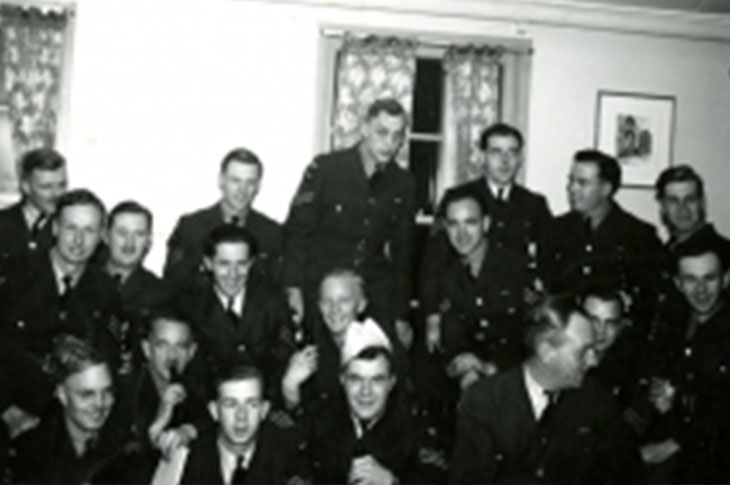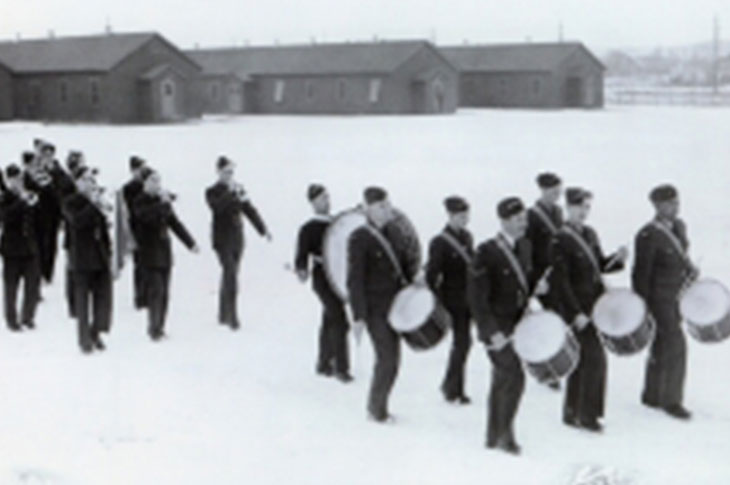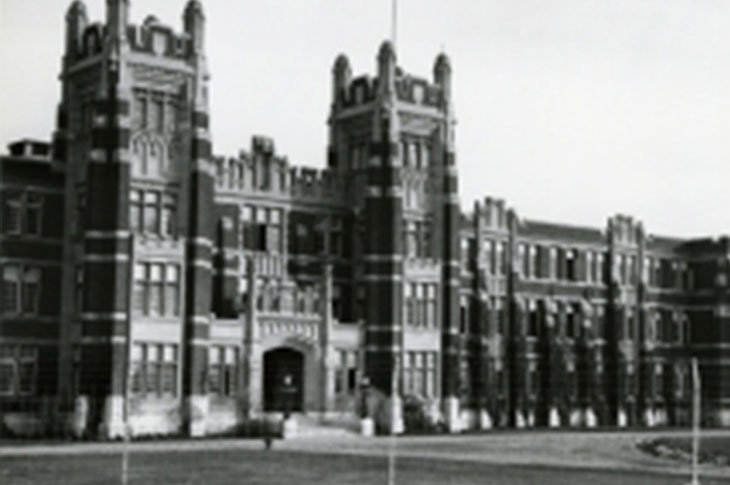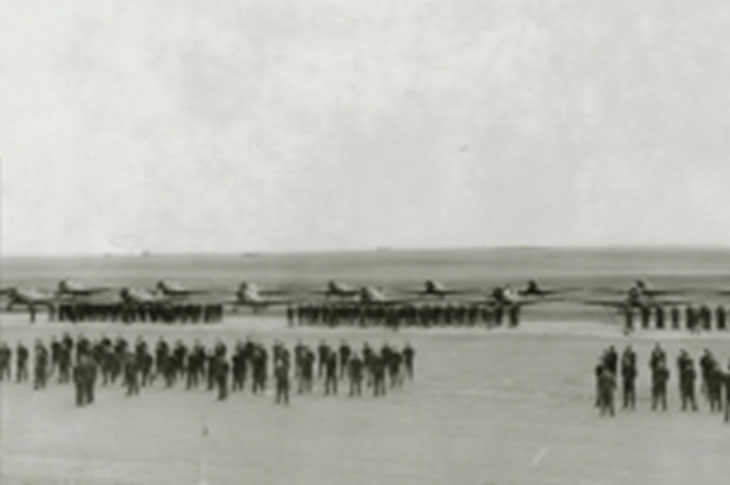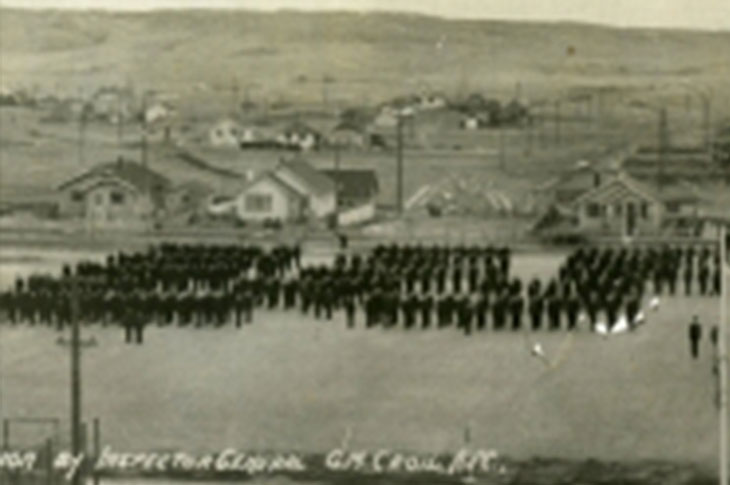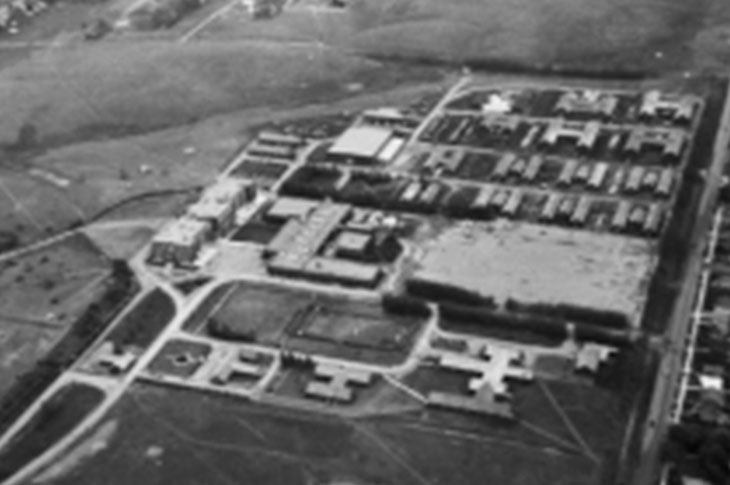From September 1940 through April 1945, the Provincial Institute of Technology and Art (as SAIT was known before 1960) was taken over as part of the British Commonwealth Air Training Plan and renamed the No. 2 Wireless School.
Thousands of pilots and crew members from Commonwealth and Allied countries trained here, and today an extensive collection of rare photographs, records and documents from this period is housed in the SAIT Archives.
Because approximately one-third of the students were Australian, the Archives has partnered with the National Archives of Australia to digitize nearly 200 items, providing vital information to Canadian military and aeronautic researchers, including renowned historian Clarence Simonson, and priceless answers for families tracing the lost stories of loved ones who fought or died in the war.
To read more about the experiences of the people who lived and trained at the No. 2 Wireless School, visit Simonson’s blog, Preserving the Past.

This story was originally written for the Spring 2020 issue of LINK magazine — SAIT in the time of COVID.

Oki, Âba wathtech, Danit'ada, Tawnshi, Hello.
SAIT is located on the traditional territories of the Niitsitapi (Blackfoot) and the people of Treaty 7 which includes the Siksika, the Piikani, the Kainai, the Tsuut’ina and the Îyârhe Nakoda of Bearspaw, Chiniki and Goodstoney.
We are situated in an area the Blackfoot tribes traditionally called Moh’kinsstis, where the Bow River meets the Elbow River. We now call it the city of Calgary, which is also home to the Métis Nation of Alberta.

